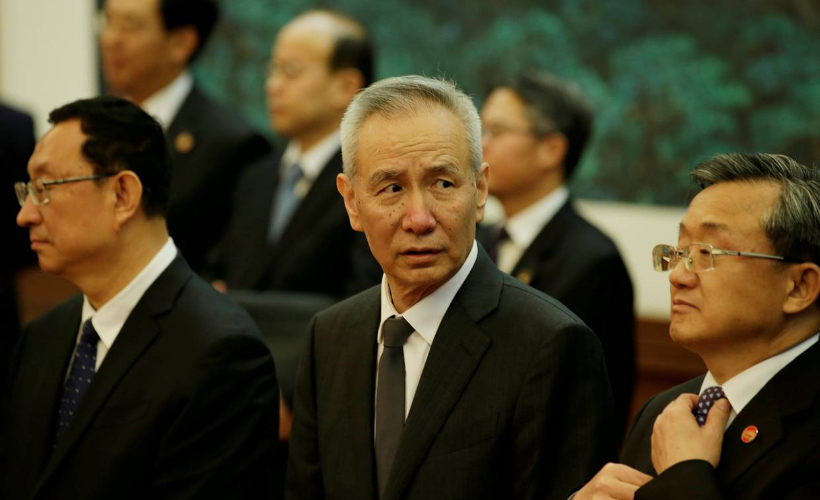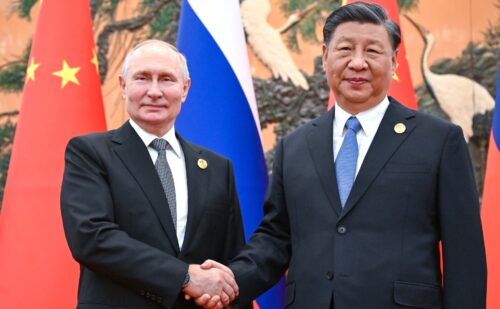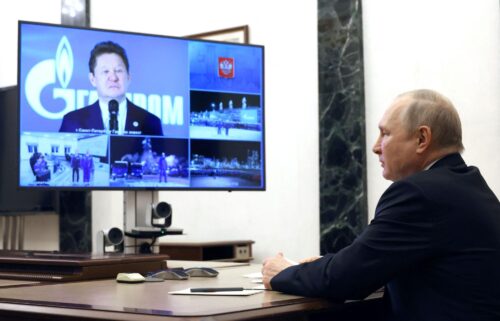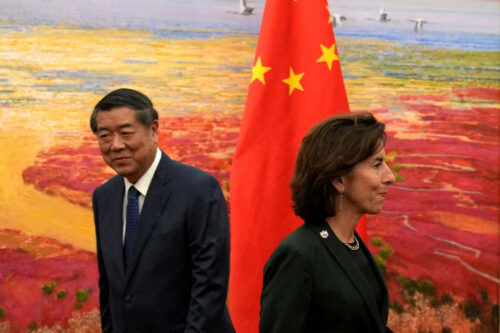Chinese officials scramble to avert trade war

Stock traders breathed a collective sigh of relief yesterday, March 26, as U.S. Treasury Secretary Steven Mnuchin confirmed that he was negotiating with Chinese counterparts and that he was “cautiously hopeful we reach an agreement.” The Dow Jones industrial average shot up 669 points, or 2.8 percent, nearly as much as it sank upon Trump’s announcement of the $50 billion tariff plan last week, the Washington Post reports.
Here’s what we know about the negotiations:
- China is fast-tracking the opening of its financial sector, promised last November, which will give foreign investors the ability to gain majority ownership of securities firms.
- “Chinese officials had initially been working to allow foreign majority control of securities companies by June 30,” but economic tsar Liu He wants the State Council to approve the change “as early as May,” the Financial Times reports (paywall).
- “Beijing has also offered to buy more semiconductors from the U.S. by diverting some purchases from South Korean and Taiwanese manufacturers,” the FT also reported, adding, “It is unclear how Washington will react to Beijing’s proposal that Chinese companies purchase more semiconductors from the U.S. rather than South Korea and Taiwan, because that could drive a wedge between the U.S. and two of its traditional allies in the region.”
- Lower tariffs on imported cars are another key demand of the U.S. side, Reuters reports — perhaps Elon Musk is getting his way?
Martin Wolf details (Financial Times, paywall) the three primary outlooks for U.S.-China trade in the near term:
- Optimistic: “these are opening moves in a negotiation that will end in a deal.”
- Pessimistic: “this is a stage in an endless process of fraught negotiations between the two superpowers far into the future.”
- Very pessimistic: “trade discussions will break down in a cycle of retaliation, perhaps as part of broader hostilities.”
I would personally place my bets somewhere in between pessimistic and very pessimistic on this. In general, the overall sentiment in Washington that China needs to be punished — for intellectual property theft, in particular — is stronger than ever. China’s moves to open its market and address the trade deficit are likely to be seen as small potatoes by the American side. The Chinese government is “sensitive to potential criticism at home if it is seen to react too readily to foreign pressure,” the FT reminds us. And there are clear indications that the Trump administration could have a much broader strategic reshaping of U.S.-China trade relations in mind, regardless of any short-term drawdown in trade hostilities:
- Emergency measures to enforce “strict reciprocity” in U.S.-China investment are being considered by the Treasury Department, Bloomberg reports. By invoking a 1977 law that has never been used to address unfair trade practices before, the U.S. could immediately outlaw all Chinese investment in semiconductors, 5G communications technology, and other areas compared with the current process, which evaluates each deal on a case-by-case basis for national security risk.
- Trump’s team wants to undercut China’s industrial policy, not just address issues with IP and market access, the Financial Times reports (paywall). The U.S. Trade Representative named “aerospace, information and communication technology and machinery” as categories of interest for tariffs, the same categories that make up core parts of China’s “Made in China 2025” initiative to dominate in advanced technologies.
Read more:
- Smithfield CEO downplays impact of possible China pork tariffs / Reuters
- China urges WTO members: Put U.S. tariff ‘beast back in the cage’ / Reuters
- Opinion, by Gordon Chang: Why China will lose a trade war with Trump / Daily Beast
- Opinion, by Eduardo Porter: Trump’s China policy has a flaw: It makes China the winner / NYT (paywall)






